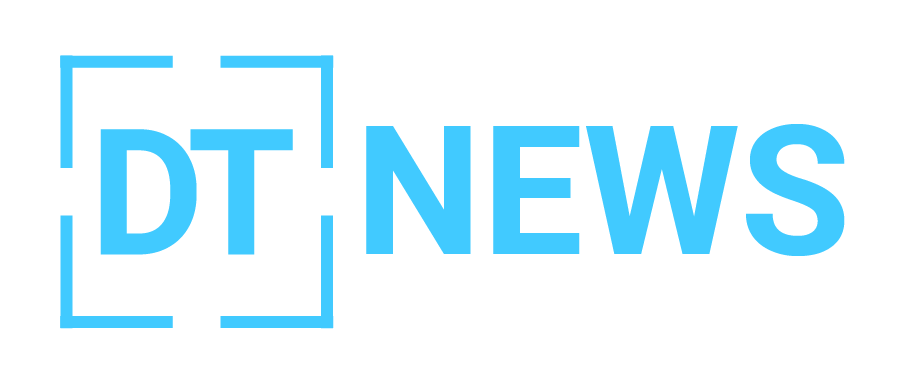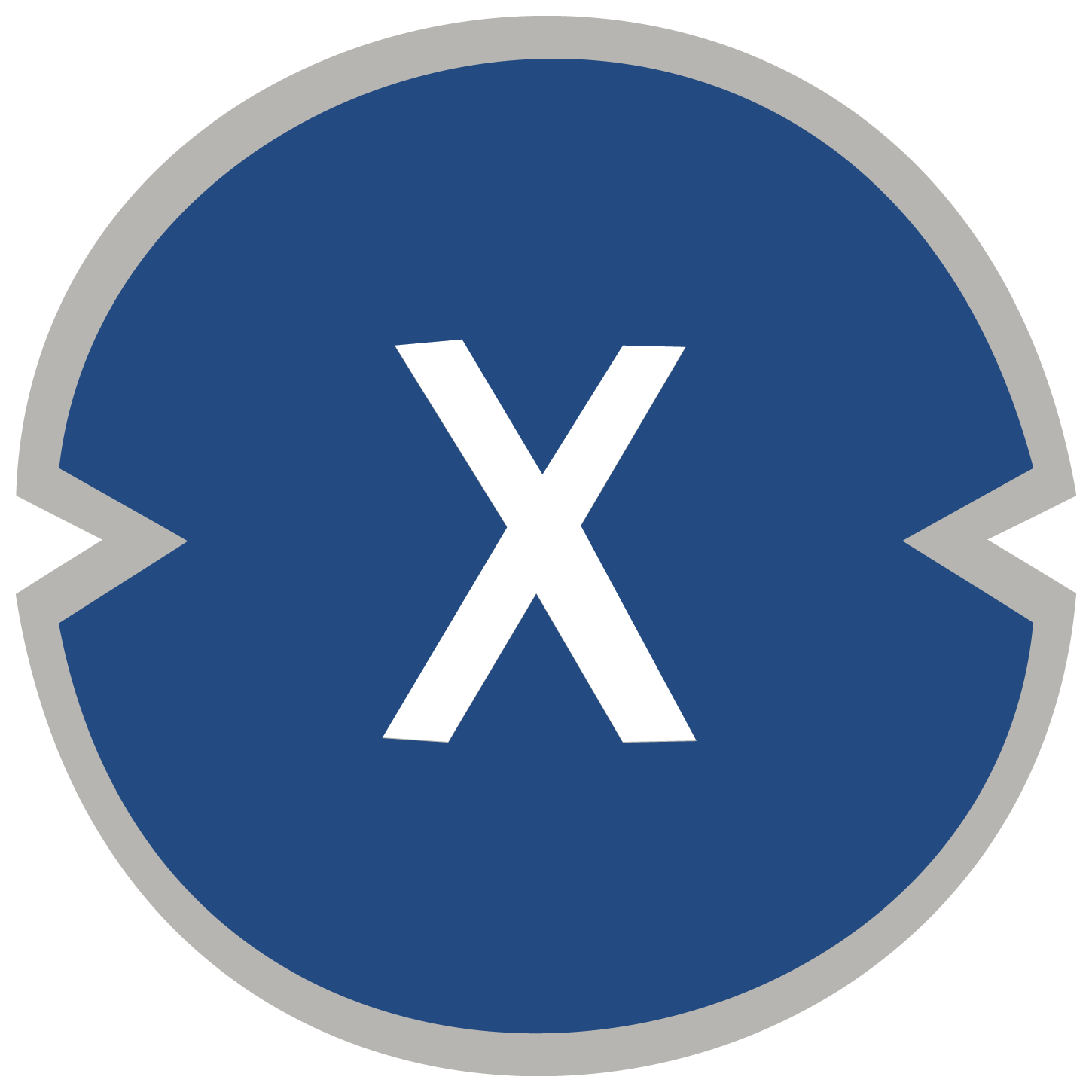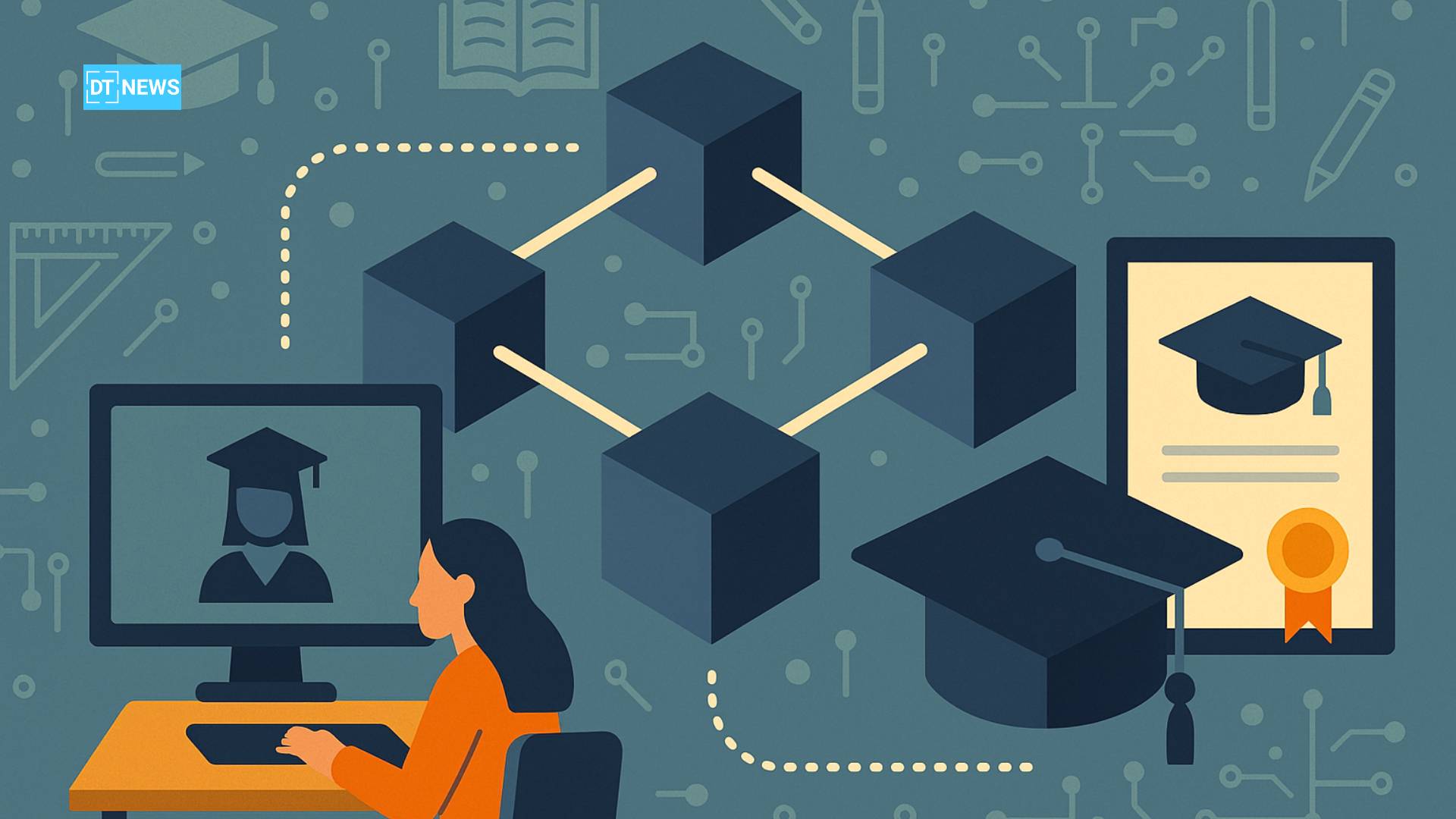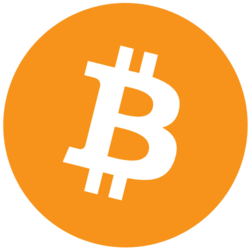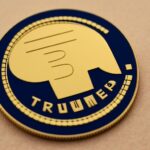Imagine a world where student records are immutable, credentials are instantly verifiable, and administrative processes are streamlined. This vision is becoming a reality as blockchain technology makes its way into K-12 education, promising to revolutionize the way academic credentials are managed and verified.
The Dawn of a New Era in Educational Credentialing
Traditionally, managing academic records has been a cumbersome process, fraught with inefficiencies and vulnerabilities to fraud. Blockchain technology offers a paradigm shift by providing a decentralized, tamper-proof ledger for storing educational data. This ensures that once information is recorded, it cannot be altered, thereby enhancing the integrity of academic credentials.
In the United States, the Georgia House of Representatives has proposed integrating blockchain education into the K-12 curriculum. This initiative aims to equip students with a foundational understanding of blockchain, cryptocurrency, and Web3 technologies, reflecting the growing significance of these fields in the modern economy.
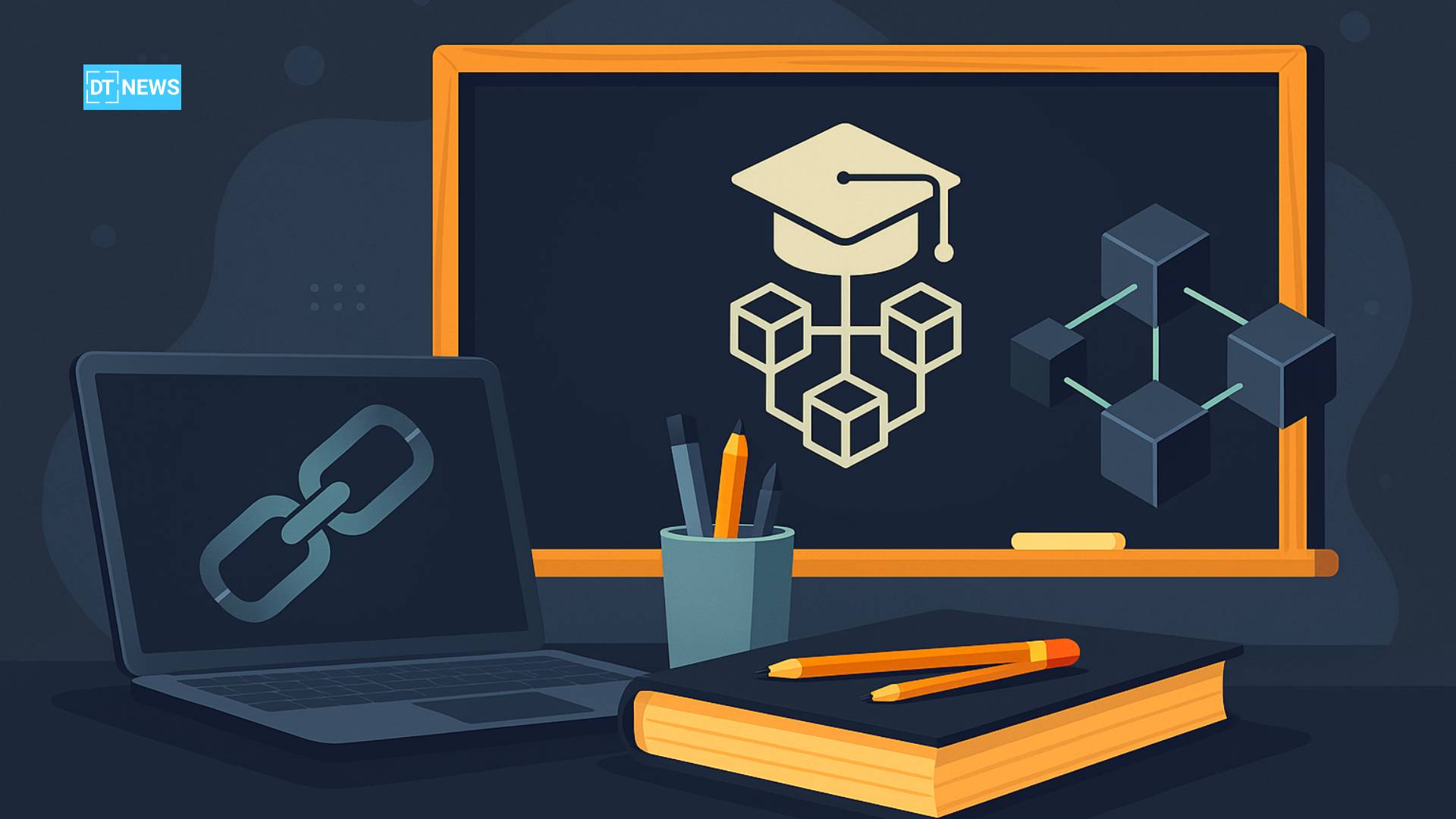
Real-World Applications: From Theory to Practice
Educational institutions worldwide are beginning to harness the power of blockchain to address longstanding challenges in credential verification. For instance, universities have started issuing digital diplomas secured on the blockchain, enabling graduates to share their credentials seamlessly with employers and other institutions. This not only reduces administrative overhead but also mitigates the risk of credential fraud.
Moreover, blockchain facilitates the creation of digital wallets where students can store all their academic achievements, from test scores to extracurricular accomplishments. This holistic approach empowers students to have greater control over their educational records and simplifies the process of transitioning between schools or applying to higher education institutions.
The Mechanics Behind Blockchain in Education
At its core, blockchain is a distributed ledger technology that records transactions across multiple computers. In the context of education, each ‘block’ represents a record of a student’s achievement, and once added to the ‘chain,’ it becomes a permanent part of their academic history. This decentralized nature ensures that no single entity has control over the data, enhancing security and transparency.
Smart contracts, self-executing agreements with the terms directly written into code, further augment the utility of blockchain in education. They can automate processes such as course registrations, assignment submissions, and even the disbursement of financial aid, thereby reducing administrative burdens and ensuring timely execution of educational transactions.
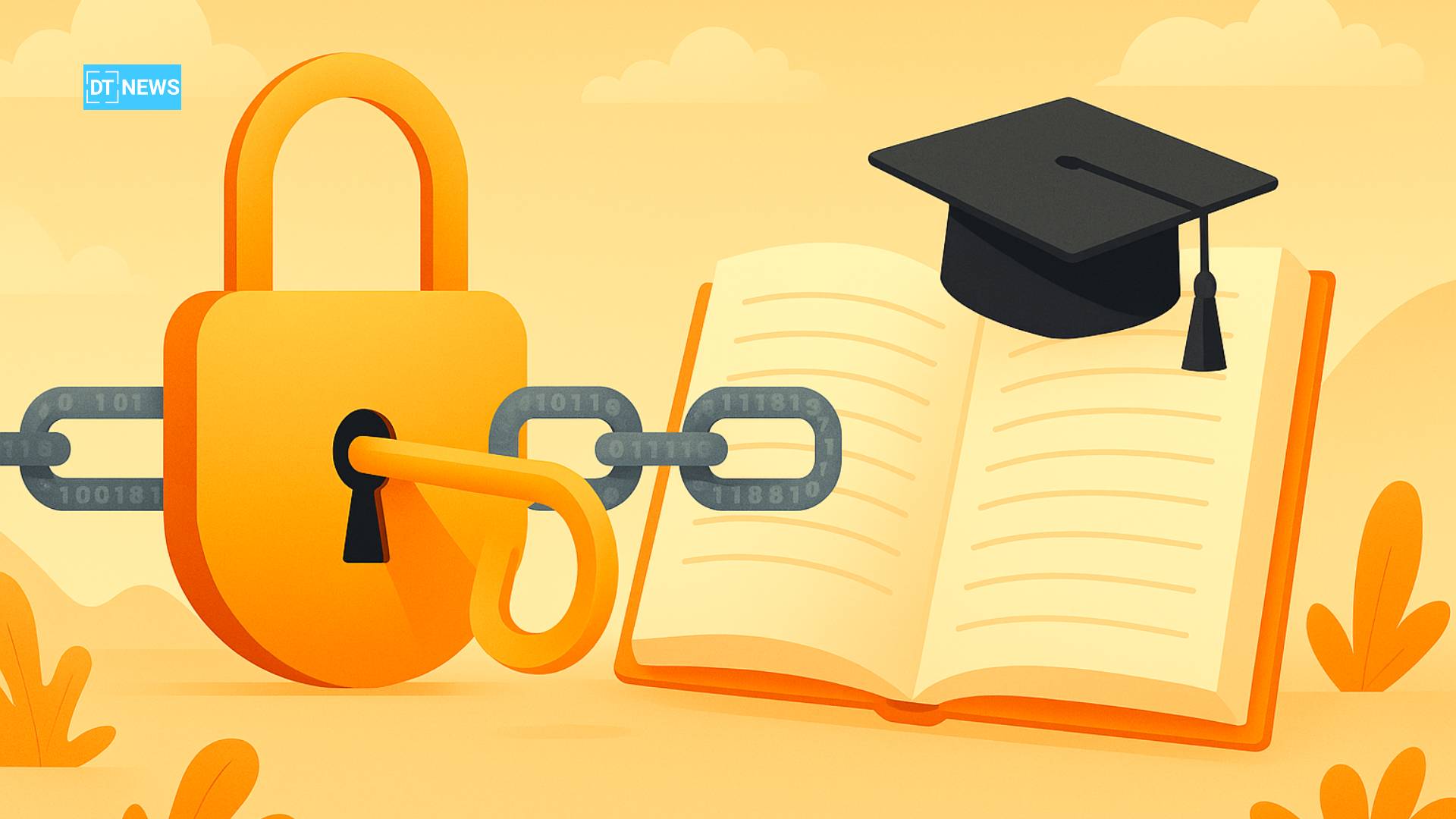
Addressing Challenges and Looking Ahead
While integrating blockchain into K-12 education holds immense promise, it is not without challenges. Concerns regarding data privacy, the digital divide, and the need for substantial infrastructure investments must be addressed to realize the full potential of this technology. Moreover, educators and administrators require adequate training to navigate and implement blockchain-based systems effectively.
Nonetheless, the momentum is undeniable. As more educational institutions pilot blockchain initiatives and policymakers recognize its value, the path is being paved for a more secure, efficient, and transparent educational landscape.
Conclusion: Embracing the Blockchain Revolution in Education
The fusion of blockchain technology with K-12 education is more than a fleeting trend; it represents a fundamental shift towards a future where academic credentials are secure, verifiable, and easily accessible. As this technology continues to evolve, it holds the potential to not only streamline administrative processes but also to empower students with greater autonomy over their educational journeys. The question is no longer if blockchain will transform education, but how swiftly and effectively we can adapt to this new paradigm.
Frequently Asked Questions (FAQs)
What is blockchain technology?
Blockchain is a decentralized digital ledger that records transactions across multiple computers, ensuring data integrity and security.
How can blockchain benefit K-12 education?
It can securely store academic records, streamline administrative processes, and provide students with verifiable digital credentials.
Are there any schools currently using blockchain for credentialing?
Yes, several institutions have begun issuing digital diplomas and certificates secured on the blockchain to enhance credential verification.
What challenges exist in implementing blockchain in education?
Challenges include data privacy concerns, the need for technological infrastructure, and ensuring equitable access to technology.
Glossary
Blockchain: A decentralized ledger technology that ensures secure and transparent recording of transactions.
Smart Contracts: Self-executing contracts with the terms directly written into code, automating processes without intermediaries.
Decentralized Ledger: A database that is distributed across multiple nodes or computers, ensuring no single point of control.
Credential Fraud: The act of falsifying academic or professional qualifications.
Digital Wallet: An electronic device or online service that allows individuals to store digital versions of credentials and other personal information securely.
